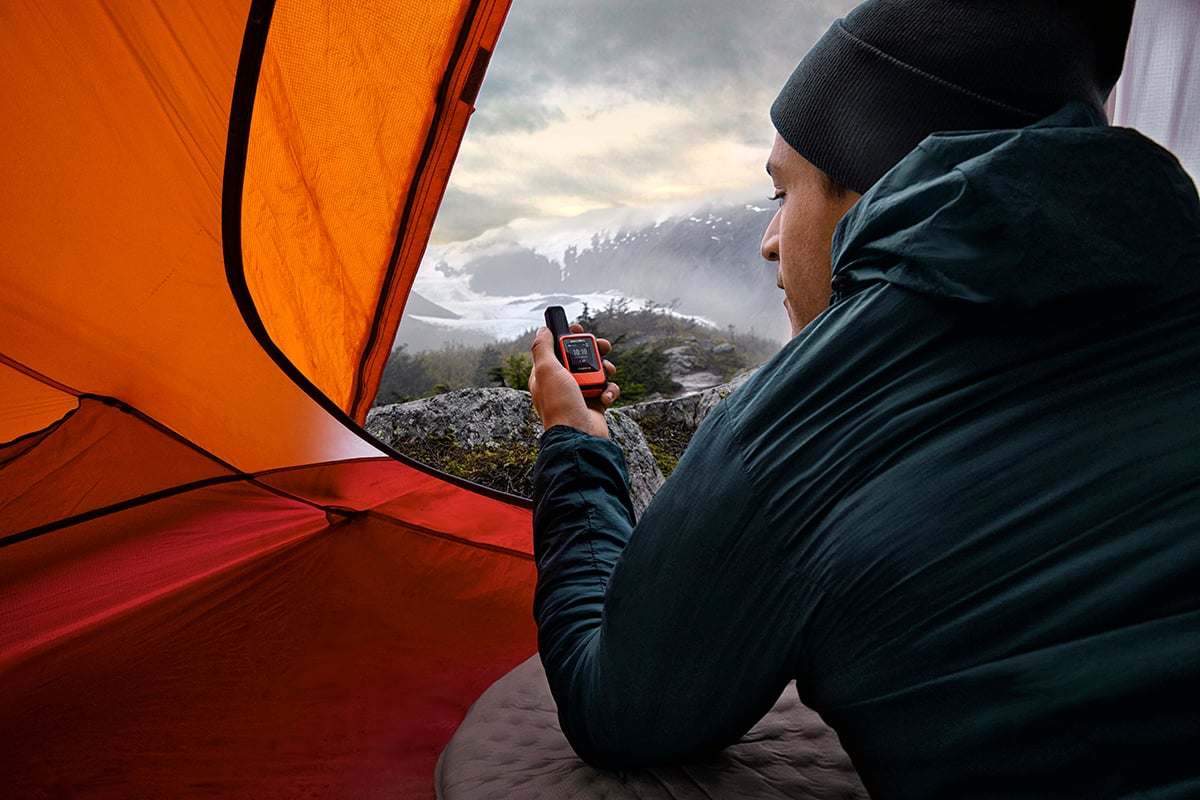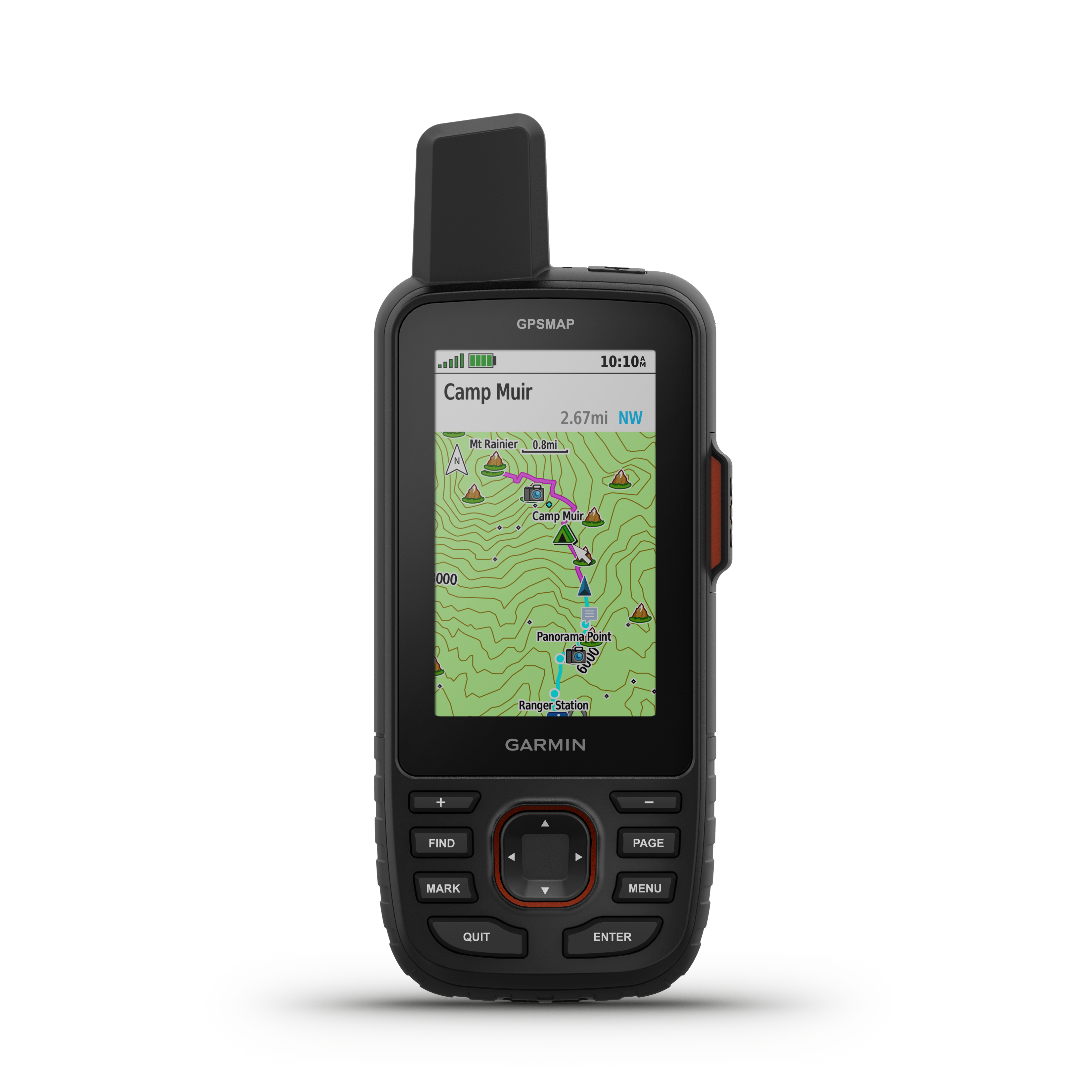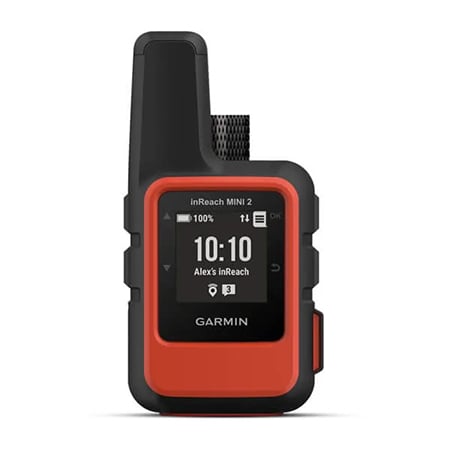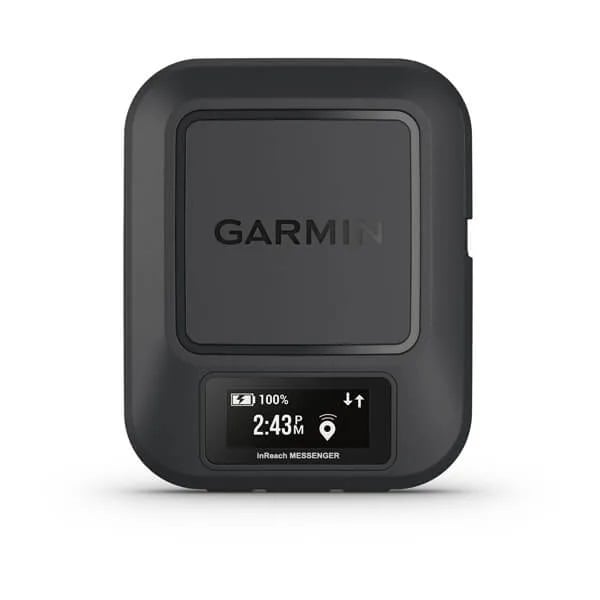
10 Tips for Using inReach® Devices in the Winter
More and more, people are finding ways to enjoy outdoor activities during the winter months. And while snowy landscapes can be beautiful, colder temperatures and drastic weather can become dangerous quickly. Here are our top tips for using inReach® satellite communication devices1 in the winter.
- Always pack your inReach. It can be even more important to carry an inReach device in the wintertime when equipment failure or minor accidents can have much more serious consequences. Without the proper tools, spending a night in the woods or stranded in your car can have a very different outcome in the winter than it might in the summer.
- Keep your device warm. When outside, carry the inReach device inside your jacket and close to your body to keep it warm and extend the battery life when it’s cold, as all electronics have reduced battery performance at cold temperatures. We recommend storing it in an upper pocket for the best satellite connection. Fortunately, inReach devices have robust, rechargeable internal lithium batteries and are built to withstand temperatures as low as 4 degrees F (-20 degrees C), making them essential for winter use.
- Let people know where you are. That’s particularly important in the winter when cold temperatures and snowstorms can slow or stop your progress. Whether clipped to your pack while backcountry skiing or put underneath your windshield while driving, use inReach tracking and your MapShare™ page to let your friends and family follow along during your trip or ping your location. Send them a message if you are delayed and will be later than expected.
- Don’t remove your gloves. Most inReach devices include a button interface designed to be able to be used while wearing gloves. If you pair your inReach device to your cellphone and want to compose messages in the app, consider wearing touchscreen compatible gloves or carrying a small touchscreen stylus on a lanyard around your neck so you can tap out a message on your phone without removing your gloves. It only takes a few seconds to get cold fingers and lose the necessary dexterity to use your equipment.
- Plan messages ahead of your trip. Take advantage of check-in and quick text messages to save time, keep moving and stay warm in the winter. You can quickly send an “I’m checking in, everything is OK.” check-in message to friends and family or reply to a message with a “Yes,” “No” or other predetermined quick text.
- Consult weather forecasts. Carry the inReach device to have access to satellite weather forecasts globally. Check for clear skies or approaching storms to make informed decisions about whether to start your activity or wait it out.
- Engage TracBack® routing. If snow covers the trail, you encounter blizzard conditions or simply get lost, use the TracBack feature to navigate back to where you first started tracking.
- Practice before your trip. The adage “practice makes perfect” is especially true when it comes to getting comfortable with your inReach satellite communicator. Experiment with features, send trial messages, or simply familiarize yourself with button commands ahead of a trip. This will help alleviate concerns about seamlessly operating the device when exploring or during an emergency, especially in cold temperatures.
- Don’t forget Extended Tracking/Expedition Mode. For multiday trips, put your device in Extended Tracking or Expedition mode to extend the battery life, or consider carrying a backup lithium battery pack.
- Trigger SOS. If an emergency does occur, don’t hesitate to trigger an SOS for yourself, a party member or a third-party individual. In cold weather, every moment counts. Once an SOS is triggered, the Garmin Response℠ team members will respond and begin coordinating a rescue.
1Active satellite subscription required. Some jurisdictions regulate or prohibit the use of satellite communication devices. It is your responsibility to know and follow all applicable laws in the jurisdictions where the satellite communication device is intended to be used.







